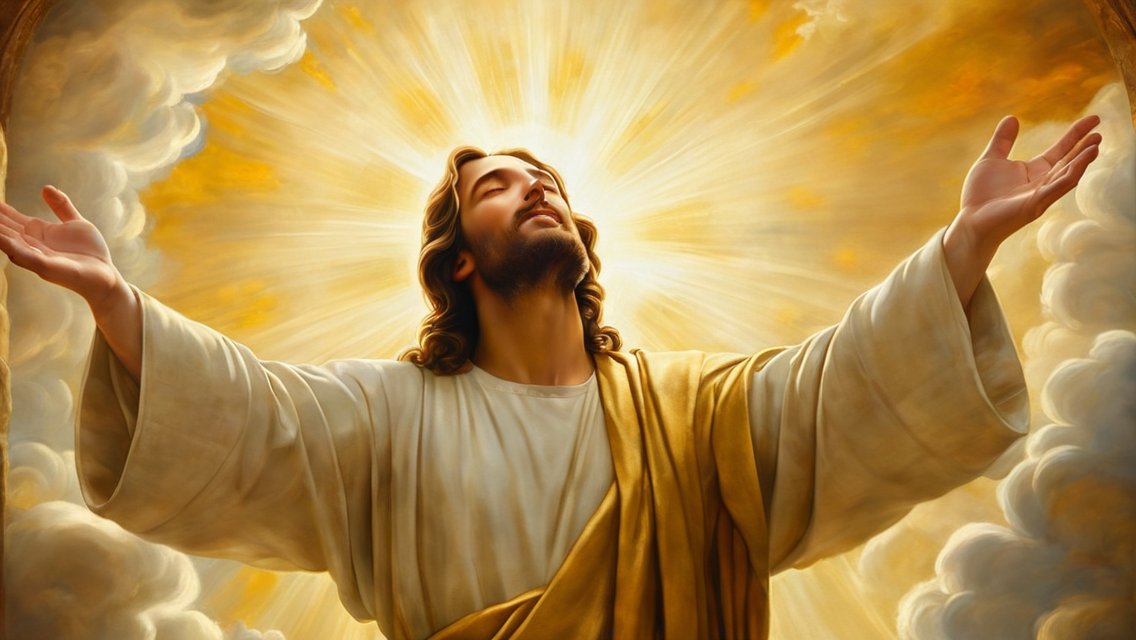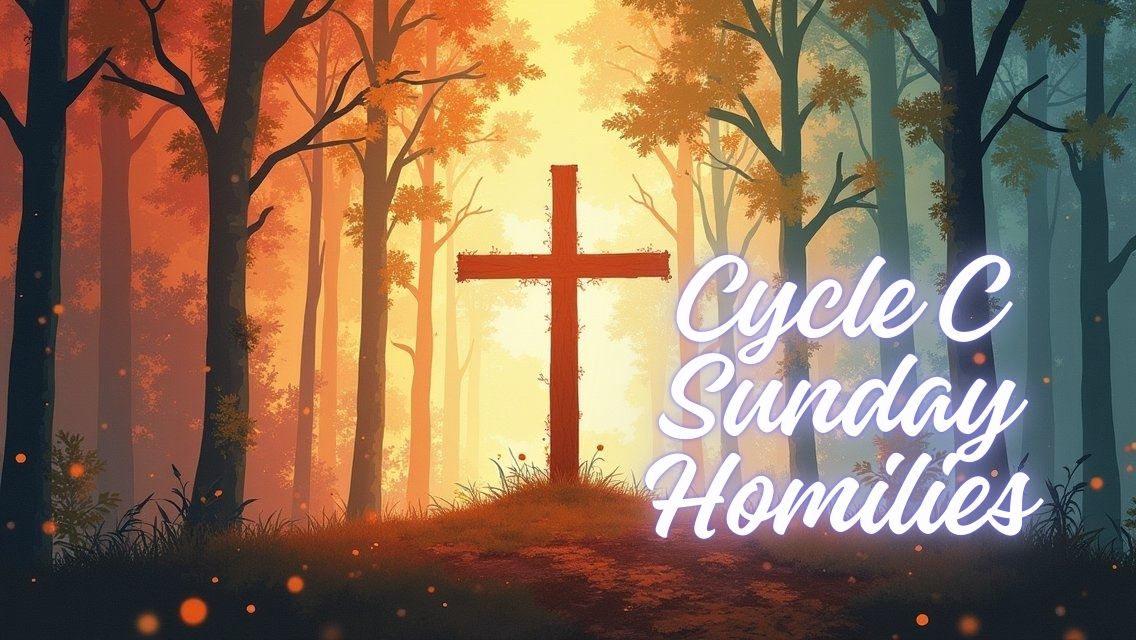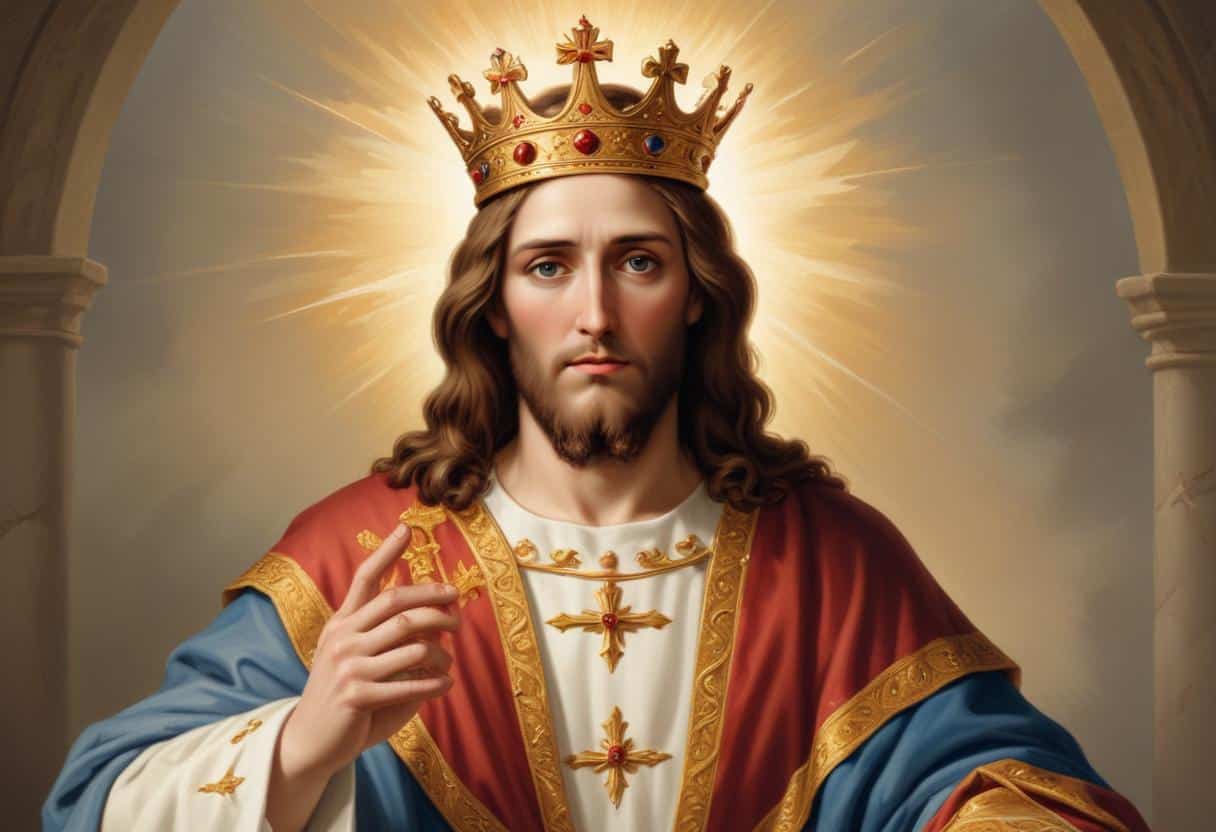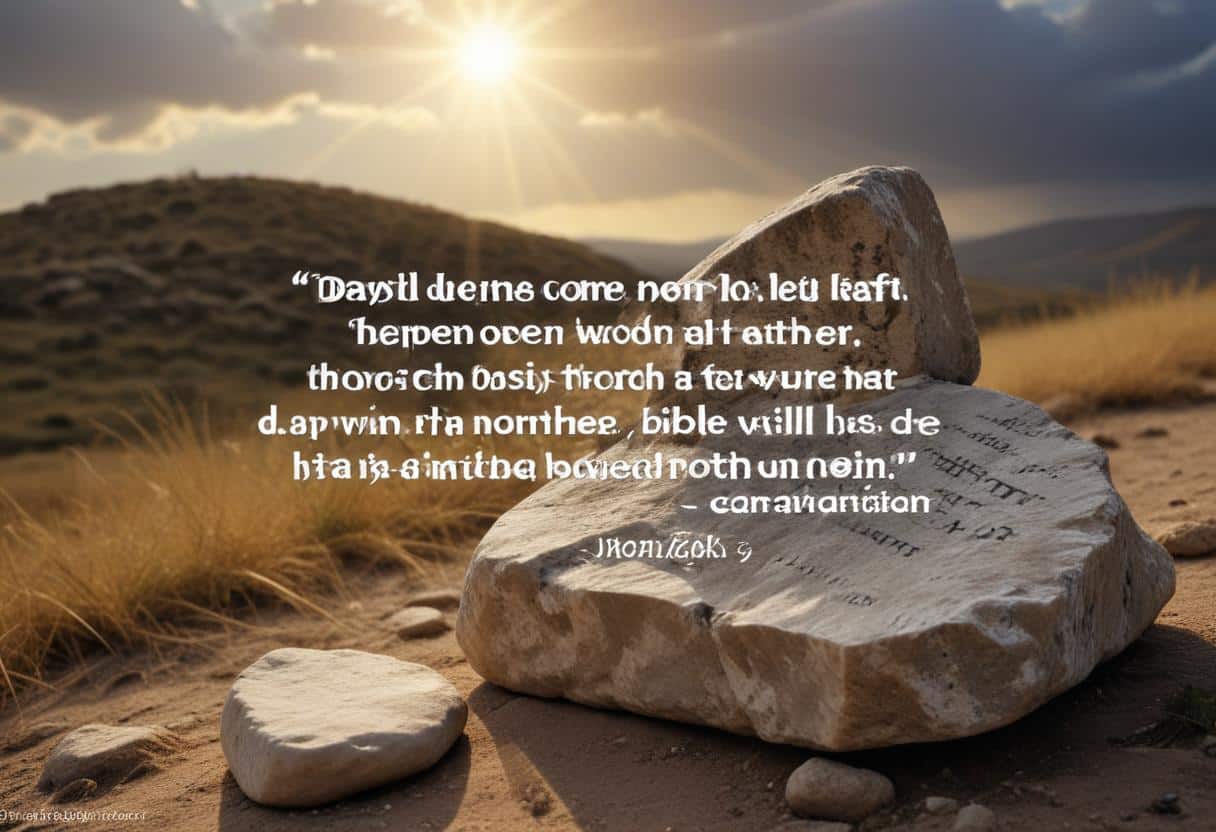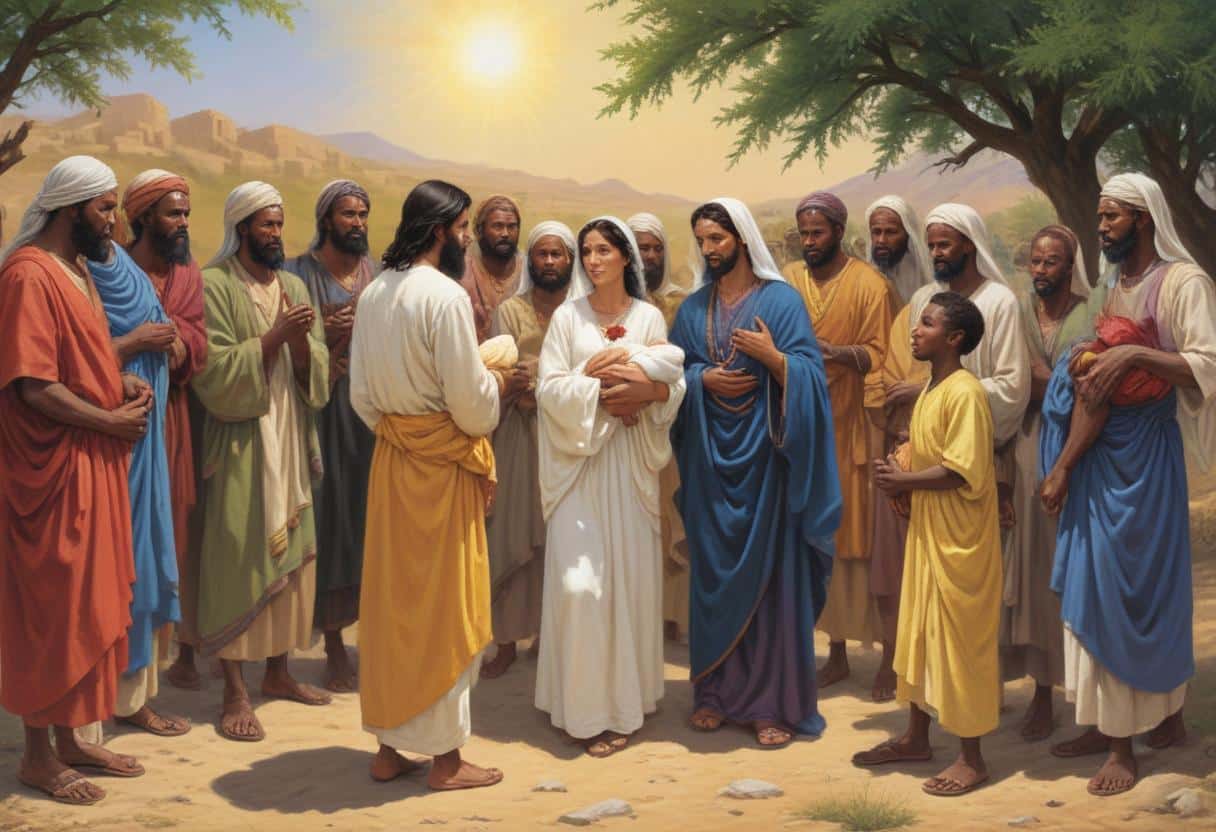FEAST OF THE ASCENSION HOMILY YEAR C
Acts 1:1-11 Eph 1:17-23 Lk 24: 46-53
Witnessing to Christ
Christ Lives and Reigns forever; Finding Our Hope and Glory; To You, Theophilus, Wherever You Are
1st Reading – ACTS 1:1-11
1 In the first book I made, O Theophilus, of all things which Jesus began to do and to teach,
2 Until the day on which, giving commandments by the Holy Spirit to the apostles whom he had chosen, he was taken up.
3 To whom also he showed himself alive after his passion, by many proofs, for forty days appearing to them, and speaking of the kingdom of God.
4 And eating together with them, he commanded them, that they should not depart from Jerusalem, but should wait for the promise of the Father, which you have heard me by my mouth.
5 For John indeed baptized with water, but you shall, in a few days, be baptized with the Holy Spirit.
6 When they had gathered together they asked him, “Lord, will you at this time restore again the kingdom to Israel?”
7 He answered them, “It is not for you to know the times or moments, which the Father has put in his own power.
8 But you shall receive the power of the Holy Spirit coming upon you, and you shall be witnesses unto me in Jerusalem, and in all Judea, and Samaria, and even to the ends of the world.”
9 And when he had said these things, while they looked on, he was raised up: and a cloud received him out of their sight.
10 And while they were beholding him going up to heaven, behold two men stood by them in white garments.
11 Who also said: You men of Galilee, why are you standing there looking up to heaven? This Jesus who is taken up from you into heaven, shall so come, as you have seen him going into heaven.
Responsorial Psalm – Psalms 47:2-3, 6-7, 8-9
R. (6) God mounts his throne to shouts of joy: a blare of trumpets for the Lord.
or:
R. Alleluia.
2 All you peoples, clap your hands,
shout to God with cries of gladness,
3 For the LORD, the Most High, the awesome,
is the great king over all the earth.
R. God mounts his throne to shouts of joy: a blare of trumpets for the Lord.
or:
R. Alleluia.
6 God mounts his throne amid shouts of joy;
the LORD, amid trumpet blasts.
7 Sing praise to God, sing praise;
sing praise to our king, sing praise.
R. God mounts his throne to shouts of joy: a blare of trumpets for the Lord.
or:
R. Alleluia.
8 For king of all the earth is God;
sing hymns of praise.
9 God reigns over the nations,
God sits upon his holy throne.
R. God mounts his throne to shouts of joy: a blare of trumpets for the Lord.
or:
R. Alleluia.
2nd Reading – Ephesians 1:17-23
Brothers and sisters:
17 May the God of our Lord Jesus Christ, the Father of glory, give unto you the spirit of wisdom and of revelation, in the knowledge of him:
18 The eyes of your heart enlightened, that you may know what the hope is of the glory of his inheritance in the saints.
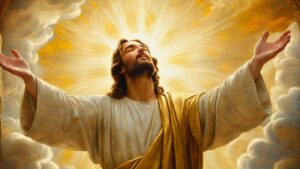
19 And what is the exceeding greatness of his power towards us, who believe according to the operation of the might of his power,
20 Which he worked in Christ, raising him up from the dead, and setting him on his right hand in the heavenly places.
21 Above all principality, and power, and virtue, and dominion, and every name that is named, not only in this world, but also in that which is to come.
22 And he has subjected all things under his feet, and has made him head over all the church,
23 Which is his body, and the fulness of him who is filled all in all
OR Ephesians 4:1-13
1 Brothers and sisters, I, a prisoner in the Lord, beseech you that you walk worthy of the vocation in which you are called,
2 With all humility and mildness, with patience, supporting one another in charity.
3 Be Careful to keep the unity of the Spirit in the bond of peace.
4 One body and one Spirit; as you are called in one hope of your calling.
5 One Lord, one faith, one baptism.
6 One God and Father of all, who is above all, and through all, and in us all.
7 But grace was given to each of us according to the measure of Christ’s gift.
8 Therefore, it says: He ascended on high and took prisoners captive; he gave gifts to men.
9 What does “he ascended” mean except that he also descended into the lower regions of the earth?
10 The one who descended is also the one who ascended far above all the heavens, that he might fill all things.
11 And he gave some as apostles, others as prophets, others as evangelists, others as pastors and teachers,
12 to equip the holy ones for the work of ministry, for building up the body of Christ,
13 until we all attain to the unity of faith and knowledge of the Son of God, to mature to manhood, to the extent of the full stature of Christ.
OR Ephesians 4:1-7, 11-13
1 Brothers and sisters, I, a prisoner for the Lord, urge you to live in a manner worthy of the calling you have received,
2 with all humility and gentleness, with patience, bearing with one another through love,
3 striving to preserve the unity of the Spirit through the bond of peace:
4 one body and one Spirit, as you were also called to the one hope of your calling;
5 one Lord, one faith, one baptism;
6 one God and Father of all, who is over all and through all and in all.
7 But grace was given to each of us according to the measure of Christ’s gift.
11 And he gave some as apostles, others as prophets, others as evangelists, others as pastors and teachers,
12 to equip the holy ones for the work of ministry, for building up the body of Christ,
Gospel – Luke 24:46-53 – (Gospel for Year C)
46 Jesus said to his disciples: “Thus it is written, and thus it behoved Christ to suffer, and to rise again from the dead, the third day
47 and that penance and remission of sins should be preached in his name, unto all nations, beginning at Jerusalem.
48 And you are witnesses of these things.
49 And I send the promise of my Father upon you: but stay you in the city till you be endued with power from on high.
50 Then he led them out as far as Bethany, and lifting up his hands, he blessed them.
51 As he blessed them, he departed from them and was carried up to heaven.
52 And they adoring went back into Jerusalem with great joy.
53 And they were always in the temple, praising and blessing God. Amen.
Homily
Ascension Day is a day of mystery. Jesus leaves his disciples to go to the heavenly Father and promises to return. He concludes his ministry, and the mission of the Church begins. He commissions his disciples to establish his kingdom and pledges its fulfillment. And we are all called to this great hope.
St Luke tries to make sense of all this for us. Today’s Gospel and the reading from the Acts of the Apostles – both written by Luke – tells us some things about the mystery of Jesus’ ascension. Like’s Gospel concludes with Jesus promising to send his Spirit upon us and then being taken to heaven. At that point, the Act’s of the Apostles begins. That exaltation of Jesus marks the conclusion of one age and the beginning of a new one. There is a sense of urgency about it all, the emphasis being on the need for action rather than speculation.
When Jesus was lifted up in a cloud, he moved from earth where his presence was a matter of fact to a presence with us that is a matter of faith. The picture is that Jesus is taken into the cloud of God’s glory. Without leaving us, he is accepted by the Father and enthroned in glory. Heaven isn’t up, hell is not down; Jesus’ entry into heaven doesn’t mean that he is gone away from us.
Jesus of Nazareth, a man on earth, was an objective matter of fact. As such, a few people saw him with their physical eyes, heard him with their physical ears, touched him with their physical hands. But for most people in the world Jesus hasn’t been physically present. His leaving in a cloud, a biblical symbol of the presence of God who can be seen only by faith , is the story not about Jesus being taken away from us, nut Jesus being given to us for all times and for all places as a matter of faith. And his presence to us right now brings him – and his warmth, his care, his love – even closer to each of us than we are to each other.
Both the Gospel and the Acts record some of Jesus’ last instructions before telling us of his ascension itself. Luke’s Gospel says that the Apostles were to preach penance for the remission of sins “in his name” (v. 47). A frequent theme in Luke’s Acts of the Apostles as well, this term expresses faith in the divinity of Jesus. What was formerly said only of Yahweh is now said of Jesus.
Also a theme of the Acts is Jesus’ instruction in the Gospel that al his followers are to preach his Gospel to all the nations. Our preaching and good example to those not of the faith are important works among our fellow human beings, just as undertaking among the Gentiles were important in the early Church. As the Gospel tells us, that work was to go to all the nations, beginning from Jerusalem (v. 47); as the Acts puts it, the Apostles will be his witness in Jerusalem, throughout Judea and Samaria, and to the end s of the earth (v. 8).
It was fitting that they begin at Jerusalem, the geographic centre of sacred history. Jerusalem was the capital city of the old theocracy, the site of the Temple of God, the religious centre of the chosen people. The prophets had foretold that from it would issue the glad tidings of the new dispensation in widening circles. Samaria, only semi-Jewish, was a bridge to the Gentile world. Next would be Rome, then the capital of culture. Then the whole world! Eventually it would come to embrace us, so far removed in space and time from the scene.
This universal observation is a noticeable contrast with the narrow- mindedness of the Apostles’ question, “Lord, are you at this time going to restore the Kingdom to Israel?” (Acts v. 6). The Apostles, reflecting their culture, thought of themselves as destined with God’s help to rule the world.
Jesus then promised to send the Holy Spirit, the promise of his Father (Lk v. 49; Acts v. 8). The Gospels of both Luke and John give the impression that the resurrection, the ascension, and the giving of the Spirit on Pentecost all took place in the same day. It wasn’t until more than three hundred years later that the Church began to celebrate the Feast of the Ascension forty days after Easter, perhaps in part because of the importance of each feast. In any case, the ascension didn’t take place until the Apostles by many proofs (Acts v. 3) received evidence of Jesus’ resurrection that was trustworthy enough to eliminate doubt.
Luke’s words that Jesus raised his hands and blessed them (v. 50) deliberately took Jewish readers back to the climax of the Day of Atonement (Sir 50:20). That day presented awesome majesty and aroused lofty joy at high priest’s final blessing – also pronounced only this once in the year. That was the only day of the year when the holy name of Yahweh could be pronounced, and that by the high priest in great solemnity. The occasion was a most impressive event – with the high priest full vested entering the sanctuary, ascending the altar and, in the midst of the whole assembly of Israel, surrounded by assistant priests bearing offerings while the trumpets blasted and the people bowed down in adoration of the Most High.
Equally significant in connection with the Feast of the Atonement was its reason for being – that is, expiation for the sins of the nation. All work was forbidden on this day and the entire nation observed a strict fast. On this day the high priest, in simple white garments, sacrificed a bullock as a sin – offering for himself and the priesthood. Then he laid his hands on the head of a he-goat and pronounced upon it all the sins of Israel; thus laden, it was driven into desert. The idea of “scapegoat” seems deeply ingrained. The early Christians were used as scapegoats for all misfortunes – as with Nero who burned Rome and blamed them. In colonial New England, nineteen innocent woman scapegoats were hanged as “witches”. With the large Irish immigration to the United States for sixty years beginning around 1820, the Irish were scapegoats for unemployment. The Ku Klux Klan used Catholics, blacks, and others as scapegoats. Nazi German used Jews and others as scapegoats. And St Paul tells us that the image is a picture of the atonement accomplished by our Lord for the sins of the whole world.
The Gospel tells us that then Jesus was taken up to heaven (v. 51). Acts that he was lifted up and a cloud took him from their sight (v. 9). Nowhere does it say that he rose on a cloud, as some artists have painted; the text says that a cloud took him from their sight. The cloud is the same as the cloud that engulfed the tabernacle in the desert, the cloud which surrendered the temple when it was dedicated, and the cloud of the transfiguration. The truth is that the real nature of the ascension must of its very nature always remain a mystery. It tries to put in to words what is beyond words, to relate an experience that happened only this one time and never to anyone else.
Whatever happened, the Apostles – heretofore fearful, timorous, and feeling alone – returned to Jerusalem with serenity and great joy (Lk v. 52). Whereas the ascension marked an ending – an ending of the days when Jesus was a flash and blood person with them – it was equally a beginning. The age of the Holy Spirit, the fulfillment of the Father’s promise (Acts v. 4), was dawning. The spirit fills the cooperating individual with greater strength and with a stronger more personal, and more appreciative union with Jesus than before.
The way Luke’s Gospel put the result with the Apostles was that they were continually in the Temple (v. 53). Luke’s Gospel began in the House of God with the angel announcing to Zechariah the birth of John the Baptist. Now it ends with the Apostles continually praising God in the House of God.
The final message is that Jesus will return (Acts v. 11). St Paul, in his letter to the Ephesians of which we read an excerpt today, shows the Church to be greater than the particular churches to which he often referred in his earlier letters. This image means that the Christian community is united to Christ and, by inference, to one another. There are many other valid images of the Church, such as herald, servant, and Body of Christ, but certainly an important image of our time is the Church as savior; no small part of that image is that we pray earnestly for that enlightenment which will bring us to know what is the hope to which God has called us.
To speculate about the exact time of Jesus’ Second Coming would be futile. But we have faith that God has a plan for us. God has revealed that our history has a purpose and that it is a positive one. No matter when or how Jesus’ return to planet earth will take place, his return comes to all of us when we did. We must prepare for that coming by living close to Jesus – with the joy and enthusiasm that are frequent elements of Luke’s message, and which those who are filled with the Spirit can provide to a world which has so much loneliness and lack of hope. “Jesus’ ascension means our salvation as well; where the glorious Head has gone before, the body is called to follow in hope” (St Leo the Great).
Today’s liturgy calls us also to be bold witness to the passion, death, resurrection, and exaltation of Jesus – witnesses, in other words, of Gospel joy to the world. We can’t just keep looking up to heaven. We have a mission from Jesus. After the ascension, there is a bit of earth with God in heaven and a bit of heaven with us on earth. But we have work to do. We must stand on our own spiritual feet and do it. Today’s emphasis on the role of the Holy Spirit assures us that in that work we don’t walk alone.
